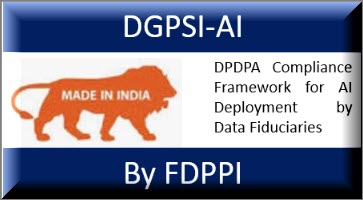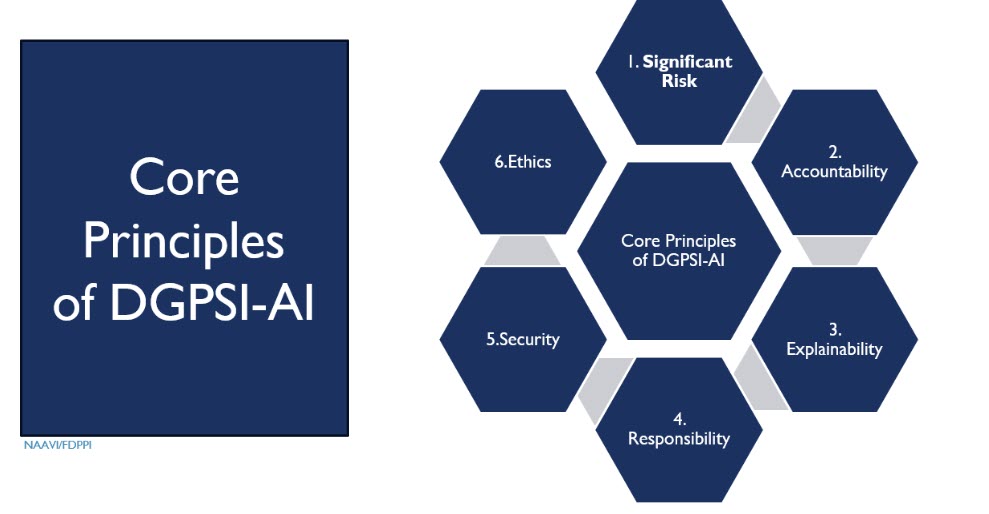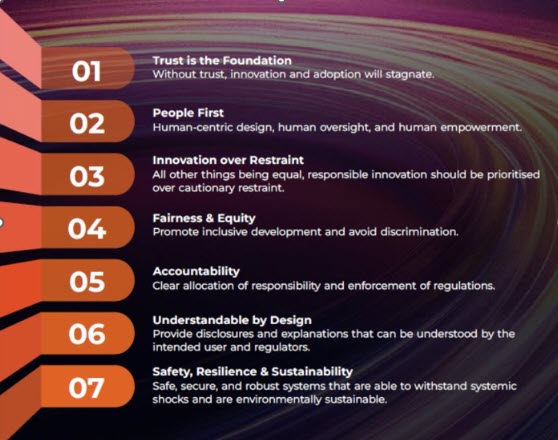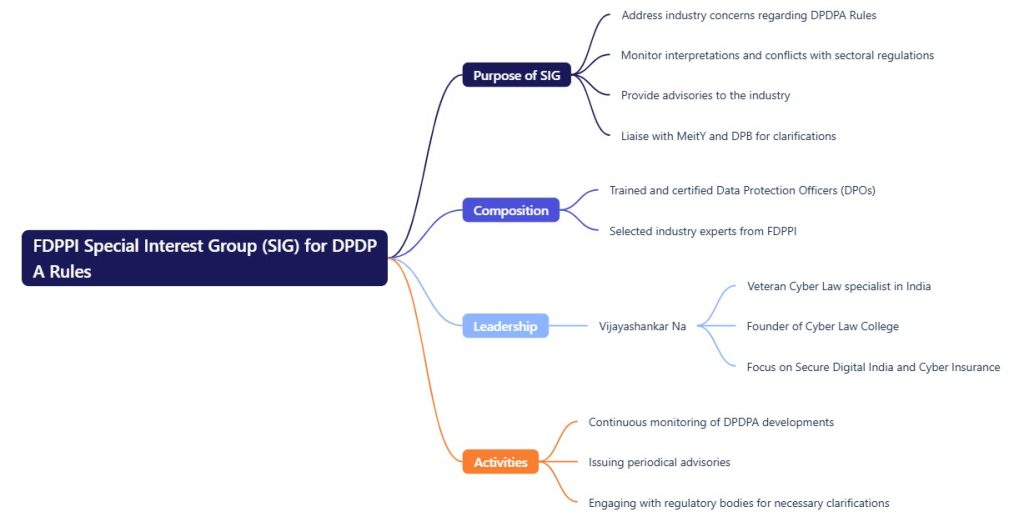For the attention of the Indian AI Guidelines Committee headed by Dr Balaraman, Professor, IIT Madras.
The Indian AI Guidelines had set out the above recommendations for the industry. The DGPSI AI which is a framework exclusively for the compliance of DPDPA (with ITA 2000 et al.) is not just a recommendation but an implementable framework for DPDPA Compliance by a Data Fiduciary in an AI environment.
The first three recommendations above directly relate to the use of DGPSI AI. The framework is meant for compliance of DPDPA and can be used to demonstrate compliance.
The fourth recommendation on Grievance redressal is part of DGPSI framework and DPDPA compliance.
The fifth recommendation is for industry groups and not for individual Data Fiduciaries FDPPI is actually discharging this function and recently exposed the “Deep Seek” AI’s plans to bypass DPDPA Permissions, silence the whistle blower, bribe authorities etc.
The sixth recommendation is also already under implementation by FDPPI which is setting up a SIG specifically to mentor Privacy Enhancement Tools.
We can therefore proudly say that DGPSI-AI is already implementing all the recommendations that are incorporated in the India AI Guidelines though the committee members had no courtesy to acknowledge or are betraying their complete ignorance of the market happenings.
It appears that the report must have been prepared by some industry consultant and endorsed by the committee rather than a well deliberated development over the last two years of the existence of the committee.
I remember that when I had enquired about a famous committee report of RBI where a leading legal expert was a member and there was a chapter on Cyber Laws, he had confirmed that no meetings were attended by him regarding Cyber Law related recommendations and he was totally unaware of how it found a place in the report. Subsequently based on the objections raised by Naavi.org, RBI completely left out the recommendations in its notification.
Even in this committee if some body gets a RTI report on how many meetings happened, who all attended, and whether there were minutes of the meeting etc., we will perhaps realize that many of the committee members were not even aware of some of the recommendations contained in this report.
I would love to get the feedback from the members of the Committee. Why the existence of DGPSI-AI was not mentioned in the report is today a mystery and will be revealed in due course..
Your comments are welcome..as we dive further into the report in subsequent articles.
Naavi












